Popular portrayals of Vikings today imagine the Norsemen as dirty, violent marauders who explored and pillaged across the British Isles and Scandinavia.
While it is true that raiding was a significant part of Norse culture, archaeologists have reason to believe that “dirty” is not an accurate description of most Vikings.
In fact, the Norse had several methods of bathing.
Researchers believe that Vikings bathed at least once a week, using hot springs, naturally flowing water, hygienic tools, and sweating techniques.
The discovery of Norse grooming tools in Scandinavia, which were used for hygienic purposes, supports these conclusions.
Though ancient Viking culture no longer exists today, archaeologists have found some clues as to how Vikings bathed.
This article will cover an overview of the importance of bathing in Norse society and the methods that Vikings used to wash.
The hair of Vikings was cleaner than most people realize, but how did they wear it? See Did the Vikings Have Long Hair? to learn more.
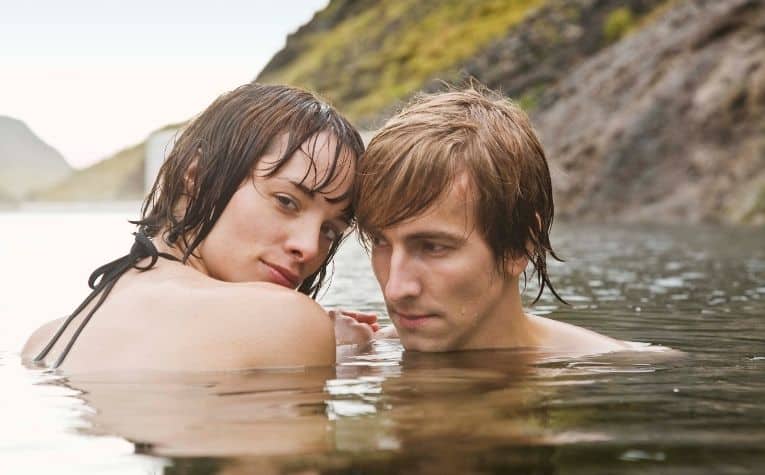
Bathing in Everyday Life
The era of the Vikings ranged from the late 8th to the late 11th centuries, long before modern conceptions of hygiene became what they are today.
By our standards, Vikings did not bathe frequently.
Most research agrees that Vikings bathed about once a week. [1]
Accounts of Viking activity come, in part, from English monks.
Due to the bias of the English against the Scandinavian culture at that time, these accounts must be taken as the final word on these matters.
However, John of Wallingford, a writer from the 12th century, noted that the Danes had adopted the habits of bathing every Saturday and combing their hair daily. [2]
Indeed, in comparison to many other cultures at the time, Vikings bathed almost too often.
For example, Anglo-Saxons, who occupied Britain at the time, would only fully submerge to bathe a few times per year, depending on their rank and status in society. [3]
Archaeologists have also excavated evidence that Vikings engaged in several forms of grooming and were not limited to washing only their skin.
Findings from Viking burial mounds include tweezers, razors, and ear spoons, which were used to clean the ear’s exterior and the outer ear canal. [4]
According to Mary Wilhelmine Williams, a historian of Viking culture, the popular time to bathe was just after the evening meal, before going to bed.
Families would bathe together, possibly to save resources and conserve heated water. [5]
Some Vikings had self-made markings on their skin, but why? See How Vikings Got Tattoos and Why to learn more.
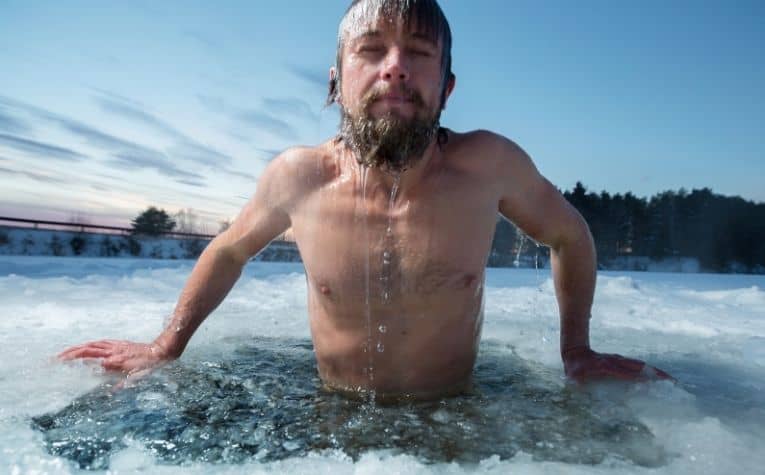
Hot Springs in Scandinavia
The landscape occupied by Vikings — most notably Denmark, Norway, Sweden, Iceland, and Greenland — still experiences much tectonic activity.
Together, these countries form an area known as Scandinavia, which is positioned around several tectonic faults.
Hot springs are commonly found throughout the region because of the large amount of tectonic activity in Scandinavia.
Hot springs were an important feature of Viking hygiene.
Researchers agree that Vikings used hot springs as bathhouses, though archaeologists differ on whether these baths were public or private.
Some Vikings even piped hot spring water onto their homestead.
However, hot springs were not the only method through which Vikings used to bathe.
Mary Wilhelmine Williams hypothesized that Vikings used bath houses mainly in the colder months.
In the summer, it is likely that Vikings bathed instead in running streams and natural waterfalls.
Of all the Scandinavian countries, Iceland contains the most easily accessible hot springs.
For Vikings in this area, baths could have been supplied by redirecting water from these sources.
For Vikings on mainland Scandinavia (Denmark, Norway, or Sweden), water for bathing was sometimes heated using kettles before being poured into the bathing tub.
Also see What Did the Vikings Wear? to learn more.
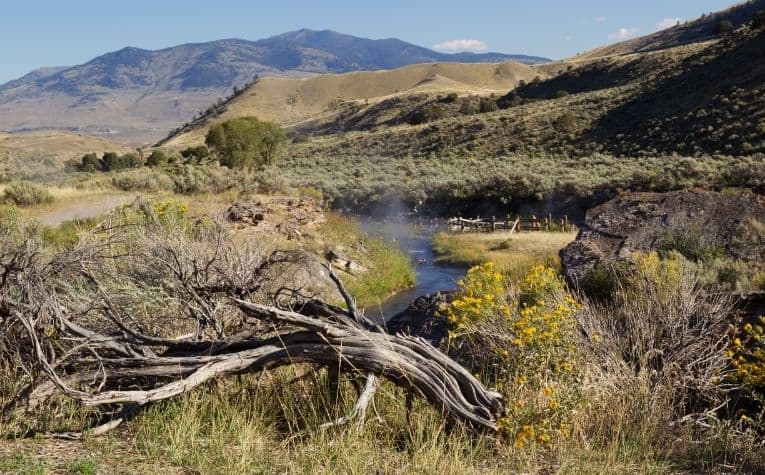
Steam Baths in Scandinavia
Hot springs had multiple uses in Scandinavian bathing methods.
While evidence has been found to support the existence of baths or bathtubs on Viking homesteads, Vikings also used the hot water available from hot springs for another form of cleaning: steam baths. [6]
Sweat baths or steam baths were the Norse versions of saunas. Vikings used heated stones and hot spring water to create steam inside their bath-houses.
By sitting in the steam for enough time, those using the steam bath would begin to sweat.
The process of sweating off dirt and grime was viewed as its own form of cleaning.
According to Mary Wilhemine Williams, another method of using sweat for bathing was known as “baking.” [7]
Rather than filling a room with steam, older Vikings would lay in front of fireplaces to allow themselves to overheat.
Servants, or sometimes children in the household, would rub the skin of the Viking to promote sweating.
Note: Few sources outside of Williams’ account mention the Viking practice of “baking.”
Due to the lack of evidence on this practice, whether baking was a historical Viking form of bathing cannot be confirmed.
However, similar forms of sauna, such as the Russian Banya — during which the user massages bunches of dry leaves over their skin — may be related.
All told, Vikings had many methods in which to bathe, many of which relied on heated water. Heated water could be obtained either from hot springs or warmed at home.
Also see What Did the Vikings Look Like? to learn more.
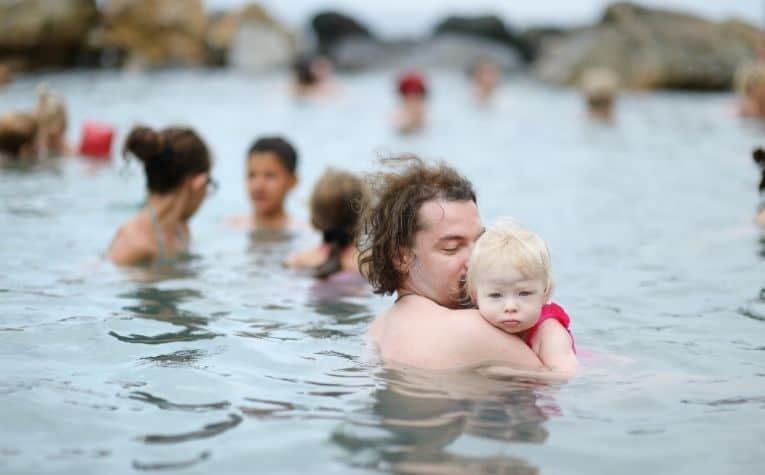
Bathing to clean and style hair
The importance of hygiene in Viking culture did not only extend to bathing, but to other areas of personal grooming as well, especially hair
Some of the most commonly discovered artifacts from the excavation of Viking burial mounds are hair combs, suggesting that hair styling and maintenance were important within Viking society. [8]
Viking combs were made from antler or bone, and were usually carved with some form of decoration.
Combs could be carried on a Norseman’s belt, in a small case made from leather, or sometimes bone.
Hair cleanliness and appearance was important for all members of society, as both men and women carried combs.
Along with maintaining their hair, combs were used by Viking men to maintain their beards, which were often bleached to a pale blond.
Blonde hair was highly valued in Viking society, and it seems that the practice of bleaching hair was particularly common. [9]
Popular images of Norsemen imagine the Vikings as almost universally blonde; however, many Vikings were not naturally blond, but bleached their hair to achieve the desired lightness.
Hair maintenance was, therefore, widespread in Norse culture.
It has been suggested that hair and hairstyling in Norse culture could have been used to convey social status.
Only members of the elite classes may have been allowed to wear certain hairstyles or carry certain combs.
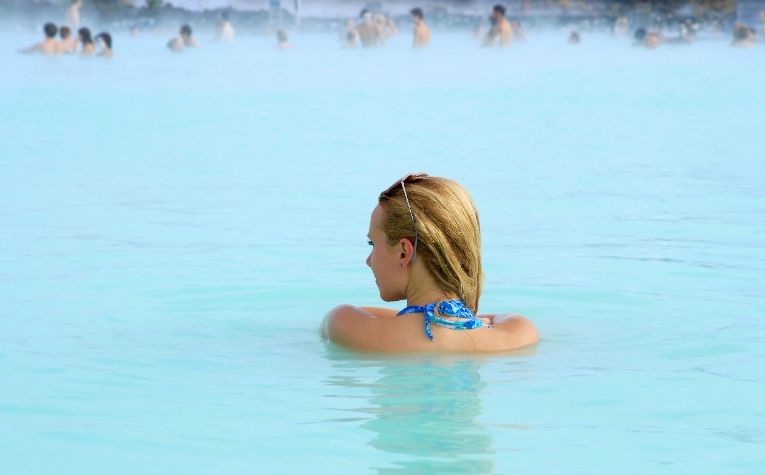
Many Vikings were groomed
By today’s standards, Vikings would not have been considered particularly hygienic. Nonetheless, by the standards of the Viking Age, Vikings were a well-groomed people.
By bathing every week, Vikings behaved much more hygienically than their Anglo-Saxon neighbors, some of whom may have bathed only a few times per year.
Due to the amount of tectonic activity in the Scandinavian landscape, and Iceland in particular, Norsemen were able to use hot springs as bathing pools.
Yet Vikings also bathed in clear rivers and waterfalls, and used sweating methods such as steam baths and baking.
The prevalence of hygiene in Viking society has been confirmed by the excavation of Viking burial sites, which have yielded hair combs, ear spoons, razors, and tweezers.
These items point to the care that Vikings took with their hygiene and appearance, along with the evidence of soap and bleach that Vikings used to maintain their hair.
Thus, despite the image of Vikings as savage, unwashed raiders, the Vikings were likely one of the cleanest peoples of their era.
References:
[1] Source
[2] Source
[3] Source
[4] Source
[5] Source
[6] Source
[7] Source
[8] Source
[9] Source
